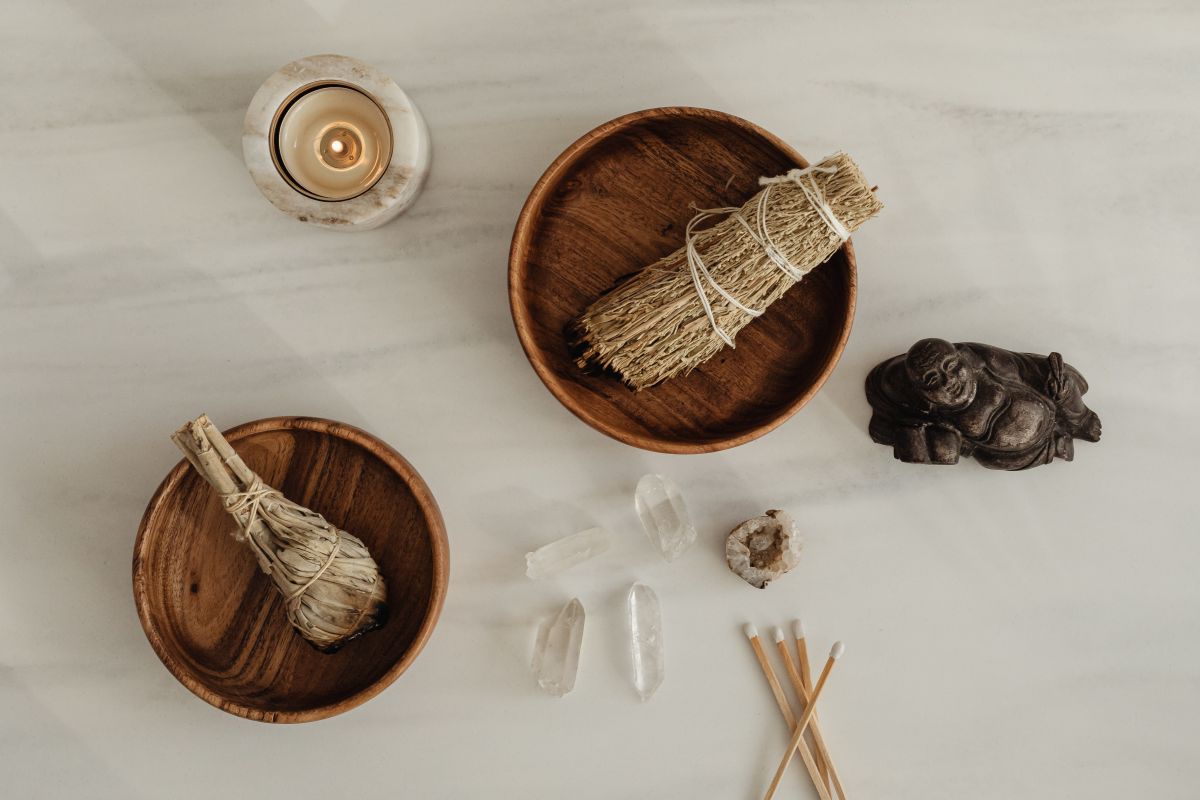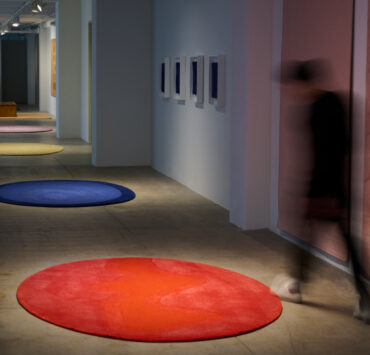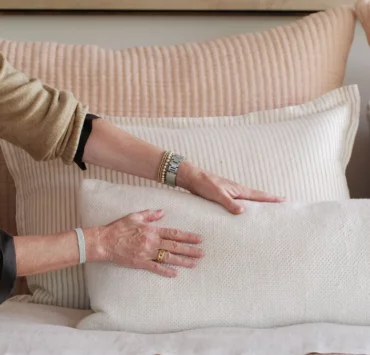I earned my Master of Fine Arts in Poetics from Naropa University. Naropa is a contemplative university in Boulder, Colorado, where reflective thought and meditation are cornerstones. Through my nearly thirty-year career in visual art, object design, and poetry writing, I have realized that if I center on my breathing as I create, my work is calm and blessed with intention. The word “intention” is significant. “Intention” suggests that one works towards a purpose. My purpose always includes a form of kindness and consideration for the client. We all have a different “hand” and style to share with our clients. Our energy flows into everything we design and create. This article aims to look at design through the lens of contemplative poetic concepts.
I expect to give each reader a fresh set of parameters that allows for a pause as we look at and create the design. We will consider cadence, rhyme, syntax/natural order, subjunctive, and fundament, all terms inherent in the writing of poetry. I believe the creative process of writing poetry is the same as the design process. It is also true that breathing deep into the design process allows for a form of meditation, and meditation shares wellness.
Cadence
Cadence speaks to rhythm. Every room has a rhythm. How do the space and objects within a room flow, and how does space develop from room to room? The cadence of a room must be familiar and comfortable to your client. It is also essential that the cadence of a room is authentic to the designer. This allows input on both sides of the design process. The goal is to create a rhythm from design point to design point and from room to room that inspires a person to feel serenity as one enters a space. This leads me to the next point: rhyme.
Rhyme
In poetry, writers are urged to appeal to the senses. It is the same for artists and designers. One way to do this is with rhyme. Rhyme is one of my favorite art, design, and poetry ingredients. In poetry, I do not like “bang-on” rhymes, such as “cat and hat.” I prefer slant rhymes such as “far and hark.” I also enjoy slant rhymes in a room or if I am designing objects for the StyleCraft Home Collection. For example, I enjoy creating art or side tables that look alike but are not identical. This allows me to place two paintings or two tables in a room and create continuity yet avoid a direct rhyme. This adds texture to a room and depth to a design. We all crave one-of-a-kind.
Syntax and Natural Order
Syntax in poetry refers to the order of words in a sentence. The syntax for a room refers to the order of objects in the room. Creators can play with the syntax of the room in line with a client’s comfort, the designer’s comfort, the size and shape of a room, and so on. Is the order expected, or is the furniture, art, lamps, and accessories placement in a room unexpected? Poise and the unexpected are a winning combination.
Natural order is placing objects and design moments in a room that “makes sense.” The objects are laid out in a way that allows the intended audience to comprehend them inherently. I am intentionally not including images in this article. I want the reader to relax “thinking” and imagine what “calm” means. It is different for different people. It is different for different clients and designers. A universal “calm” can be identified in any design. It is up to the creator to identify and embrace it.
Subjunctive in Design
Subjunctive in poetry is creating a mood with words versus saying something directly. An example of a subjunctive is “If I had a box truck, I could haul more art.” A Subjunctive in design suggests that one object can be many things: a lamp, a light, a feeling, and art all in one. Again, this requires the client and designer to take a deep breath and conceptualize the desired feeling of space. Let yourself imagine the aura you want the room or object to foster. Then, create in alignment with that feeling. Create an alignment with the client’s wellness as a goal.
Fundament
Fundament is the remaining aspect of wellness, letting time and breath guide the process. “Fundament” is the primary and most direct unit of a sentence. In other words, it is straightforward and simple communication. “Simple” is a crucial concept. The design must be easy to sense to create a feeling of wellness and calm. In other words, when a person walks into a room or looks at an object, such as a lamp, the sum of the parts must create a feeling of comfort for the client that contributes to wellness. A deep breath as one walks into a room must be consistent with the overall contemplative nature of the design.
With this installment of “Design Moonshine,” I wanted to take a journey with art to look at design through the lens of contemplative poetic concepts. I want each designer to consider different lenses to inspire their design. Your clients hire you because they are fans of your work. Let’s polish and enhance that portfolio with diverse perspectives on wellness.
Austin Allen James received his undergraduate from Southwestern University in Georgetown, TX, and his Master of Fine Arts in Poetics is from Naropa University in Boulder, CO. Austin actively writes poetry and submits poems weekly to journals. Austin paints daily for clients. He designs objects and furniture for various manufacturers, most notably the StyleCraft Home Collection. Austin is also a Visiting Professor at Texas Southern University. He has taught at TSU since the Fall of 2012. Austin was a committee member in 2016 charged with creating a “Professional Writing” concentration that includes five creative writing classes. Austin is a visual artist, sculptor, poet, and furniture designer.




